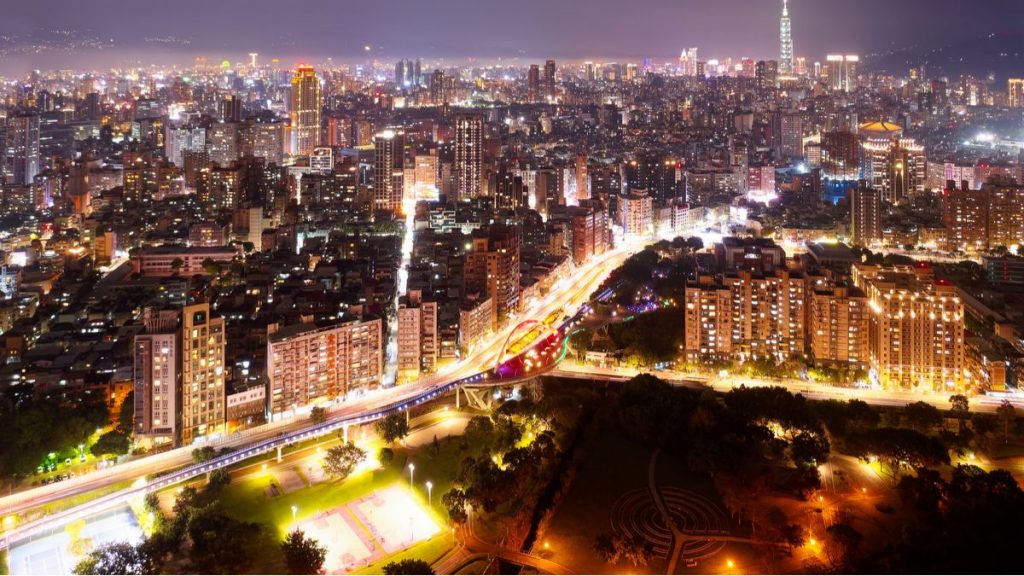
British researchers recently performed a meta-analysis which found that the range and intensity of nighttime lighting was increasing by around 2% per year globally, resulting in a series of impacts comparable to those caused by climate change.
An underestimated global environmental impact
As part of this work published in the journal Nature Ecology and Evolution, a team of researchers fromUniversity of Exeter (UK) found that hormone levels, reproductive cycles, activity patterns and predator vulnerability of many species were largely disrupted by light pollution. From reduced insect pollination to early spring tree budding, this meta-analysis of 126 publications reveals the magnitude of the impact of nighttime artificial lighting on flora and fauna.
Among all animal species examined, researchers found reduced levels of melatonin, a hormone that regulates sleep cycles, as well as disrupted behavior patterns in nocturnal and daytime creatures. Rodents feeding mainly at night were active for a shorter period of time, while birds began to sing and hunt earlier in the day.
Although scientists have also found that nighttime lighting benefits several species, with faster growth for some plants, and populations of certain types of bats that have thrived, they point out that the overall effect of light pollution is negative, with in particular the reduction of the populations of insects, attracted by the lamps or the headlights of the vehicles.
” What emerges is the magnitude of these effects, which affect microbes as well as invertebrates, animals or plants. », Note Kevin gaston, lead author of the study. ” We need to start looking at nighttime lighting the same way we look at other major systemic pressures, like climate change.. “
More and more intense lighting
The study authors also found an increase in studies exploring the impacts of light pollution over the past decade. If the satellite images of the Earth show how quickly the problem is spreading geographically, the lights also become more intense as expensive amber bulbs are replaced with LED shiny and inexpensive. A situation proving biologically problematic, because like sunlight, white light has a broader spectrum.
According to Kevin gaston, it is essential that governments, businesses and individuals use lighting in a more sensible way.
” Unlike the climate crisis, solving the lighting problem would save money. If people used less light, it would mean lower costs, less wasted electricity, and fewer emissions. But it would require a change in mindset », Explains the researcher. ” At the center of it all is this deeply rooted human need to light up the night. In a way we’re still afraid of the dark. “
